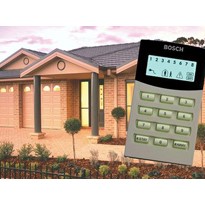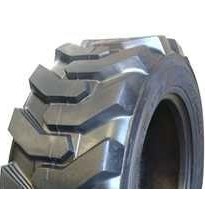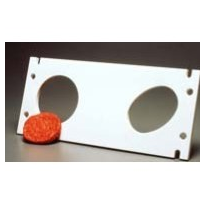Most Common Welding Processes
There are different types of welding, the most common of which are, MIG, TIG and MMA welding processes. Each of these processes have different benefits and limitations and are used for specific applications. In some applications multiple processes can be used on the one job therefore it is important to understand the task you are going to undertake.
MIG Welding
MIG (Metal Inert Gas) welding, also known as GMAW (Gas Metal Arc Welding), is a process of constantly feeding wire into the weld pool. Heat generated within the DC electric arc between the metal electrode and the workpiece melts the electrode which becomes filler material to join or build up materials. MIG welding is generally recommended for beginners due to the forgiving nature of the process, especially now with modern equipment that provides feedback and training assistance. MIG is suitable for thin sheet metal all the way up to heavy structural steel alloys. Typical materials welded using MIG welding include steels, stainless steels, aluminium, cast iron, copper, brass and many more exotic alloys. Pulse welding was developed as a means of stabilising (controlling) the arc to the point where single droplets are deposited precisely which lowers heat input and reduces spatter. Due to progressing technology we now also have extra processes like SyncroPulse, Cold Metal Transfer CMT and Pulse Multi Control PMC which add to the capabilities of MIG welding.
TIG Welding
TIG (Tungsten Inert Gas), also known as GTAW (Gas Tungsten Arc Welding) is a process where an arc is formed between a tungsten electrode and a workpiece. This arc is protected by shielding gas; usually argon or an argon/helium mix. The tungsten electrode is not consumed during welding. Heat generated by the arc melts the base material and a separate filler rod can be added into the weld pool as required. Generally, TIG is suited to weld thin sheet metal, pipe work and specialist alloys. TIG is not really suited to very heavy sections, this is mainly due to the relatively slow weld speeds and deposit rates. However; TIG is an outstanding performer when welding thin alloys such as aluminium, stainless steel, steels, some cast irons, copper, brass, titanium and many more. AC welding modes are used for materials such as aluminium and magnesium alloys while DC is used for almost all other materials.
Stick Welding
Stick or MMA (Manual Metal Arc) welding is one of the earliest welding processes and is very popular for its ease of use and versatility. Stick welding is the process of using a metal rod or core surrounded by a coating of compounds and metal powders with a binding agent which is called flux. An electric current is used to create an arc between the stick and the metals to be joined. The stick conducts the electric current and melts slowly to create filler material for the metals being joined. During this process the flux has a role of cleaning, protecting and influencing the end deposit. Stick welding is used primarily for heavy materials such as iron and steel and is still used extensively today in the maintenance, repair and construction of heavy steel structures.
With these processes in mind, it is paramount that you decide which type of welding process you will be doing the most before you buy a welding machine.
Efficiency
By choosing the right type of welder for your job, you are ensuring efficiency. But even if you require a MIG welder and you buy a MIG welder, some welders are more superior and faster than others. For beginners, you should not be aiming to go fast, but to be clean in your welding. The cleaner your welds are, the less time you have to spend touching them up and therefore, the faster you are. For more advanced welders, you can be fast and clean, but even this is limited to how efficient your welding machine is.
Another big factor in welding efficiency is a welding machines duty cycle. A duty cycle is the duration that a welding machine can safely produce a particular current. A longer duty cycle means more welding without having to give the machine a rest. A long duty cycle means faster welding which in turn means less power consumption, consumables used and less gas consumption which means saving money for you.
Reliability
The right welder will continue to run perfectly for over a decade if properly taken care of and serviced properly. It’s important to research how reliable your chosen welder is as well as spare part availability, if your welding machine breaks down and requires spare parts it’s important the supplier has stock on-hand in Australia. Nothing is worse than losing money and being out of jobs due to your welder being out of service. Smenco ensure we keep a large amount of spare parts and stock on-hand in Australia to minimize out-of-service times for your Fronius welding machines.
Budget
Budget will differ for everybody, it is up to you to decide how much you want to spend on your new welding machine. Buying a welder really is a case of you get what you pay for, so some considerations you should keep in mind when deciding between mid-range and top of the line welders are:
- Reliability: high-end welders tend to be more reliable and offer a longer shelf life if serviced correctly.
- Servicing: on-shore parts are king when it comes to quick turnaround of servicing or repairing your welder. Waiting for parts from overseas can cause long lead times and therefore more money lost for you.
- Efficiency: choosing the correct welder for your job will make you much more efficient at welding. The more efficient you are, the more jobs you complete, the more jobs you complete the more money you make.
Our Recommendation
Given all the above information, we recommend a Fronius TransSteel 2200. We believe this machine ticks all the boxes for an apprentice welder. The TransSteel 2200 offers welding for a large range of materials whilst being portable, easy to use and reliable. The TransSteel is multi-process capable which means it can weld MIG & TIG in the same device. This is perfect for apprentices who are unsure what types of welding they will be doing or for enthusiasts who want to get good at every process.


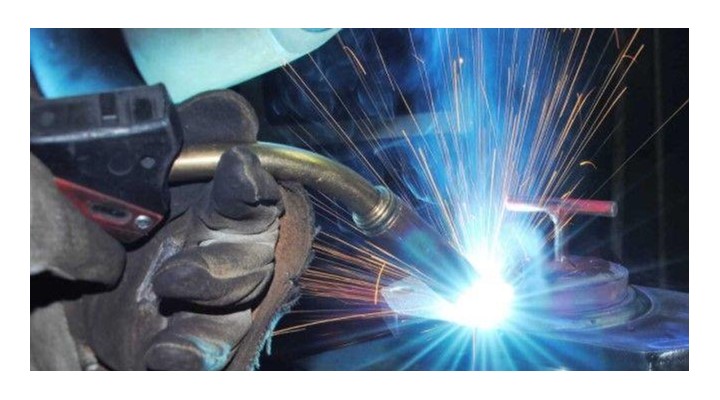
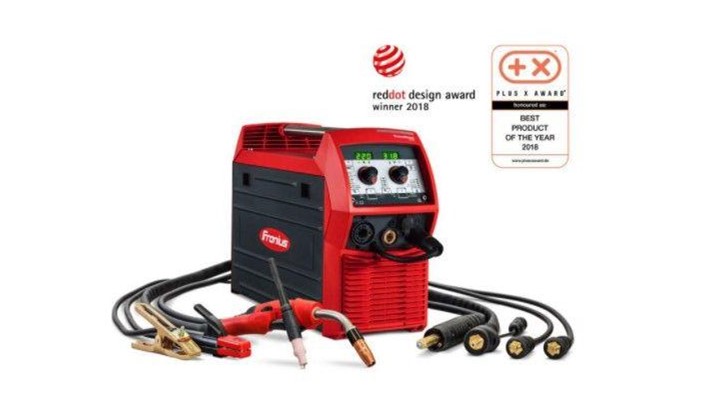
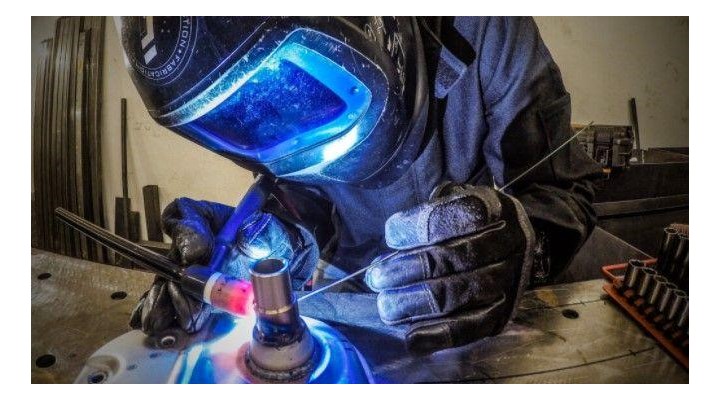
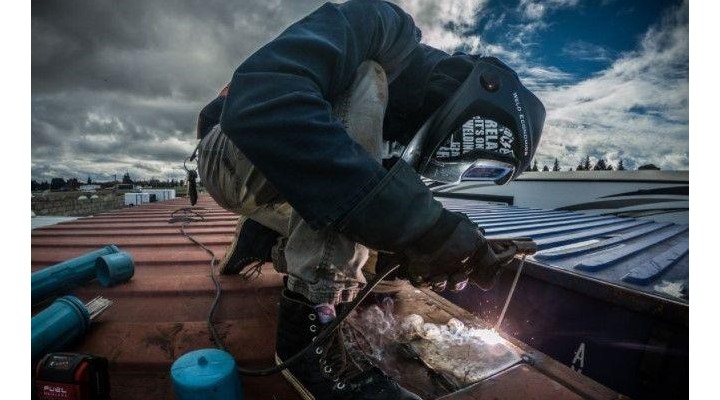




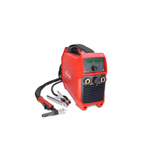
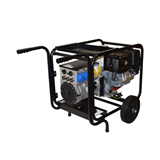
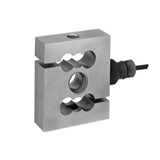

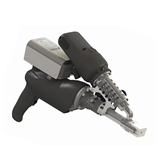
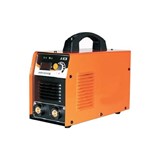
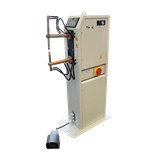
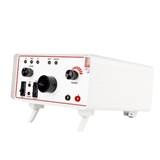

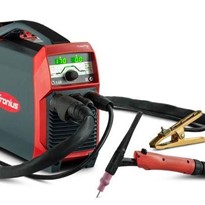
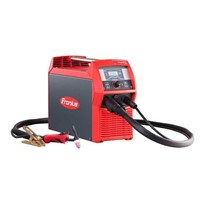
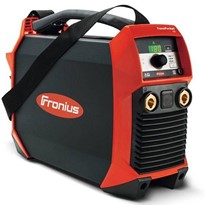
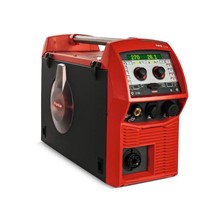
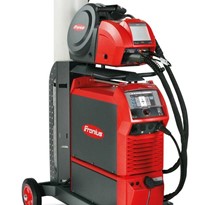
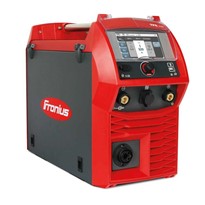
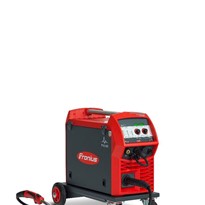
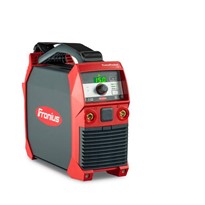
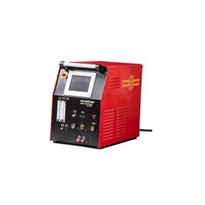
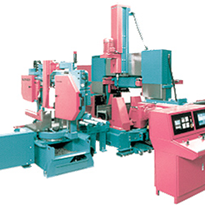
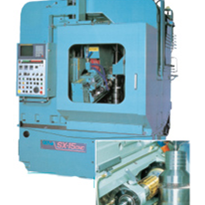
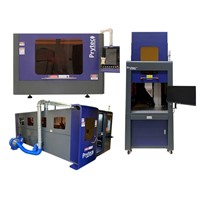

-205x205.jpg)



